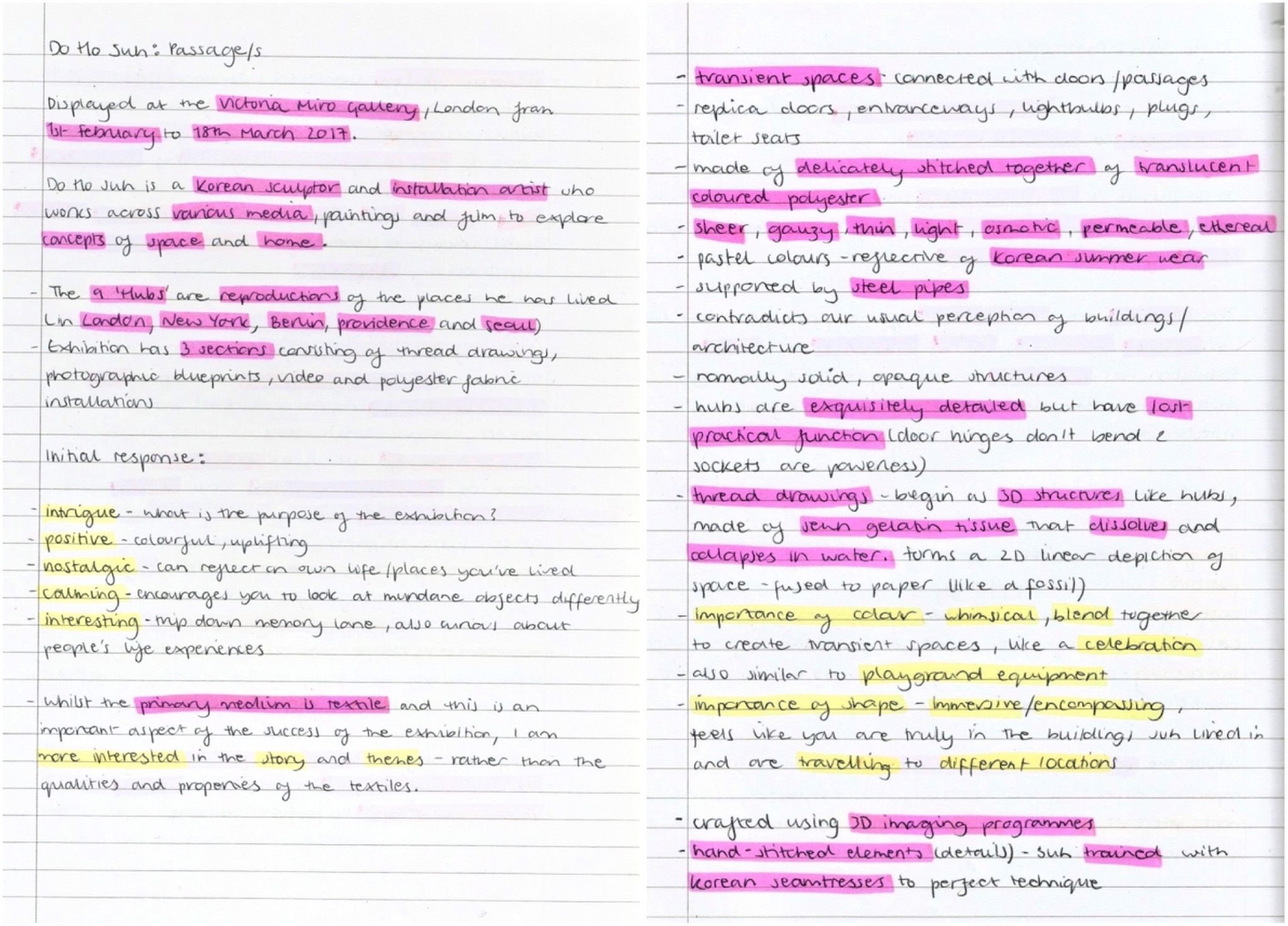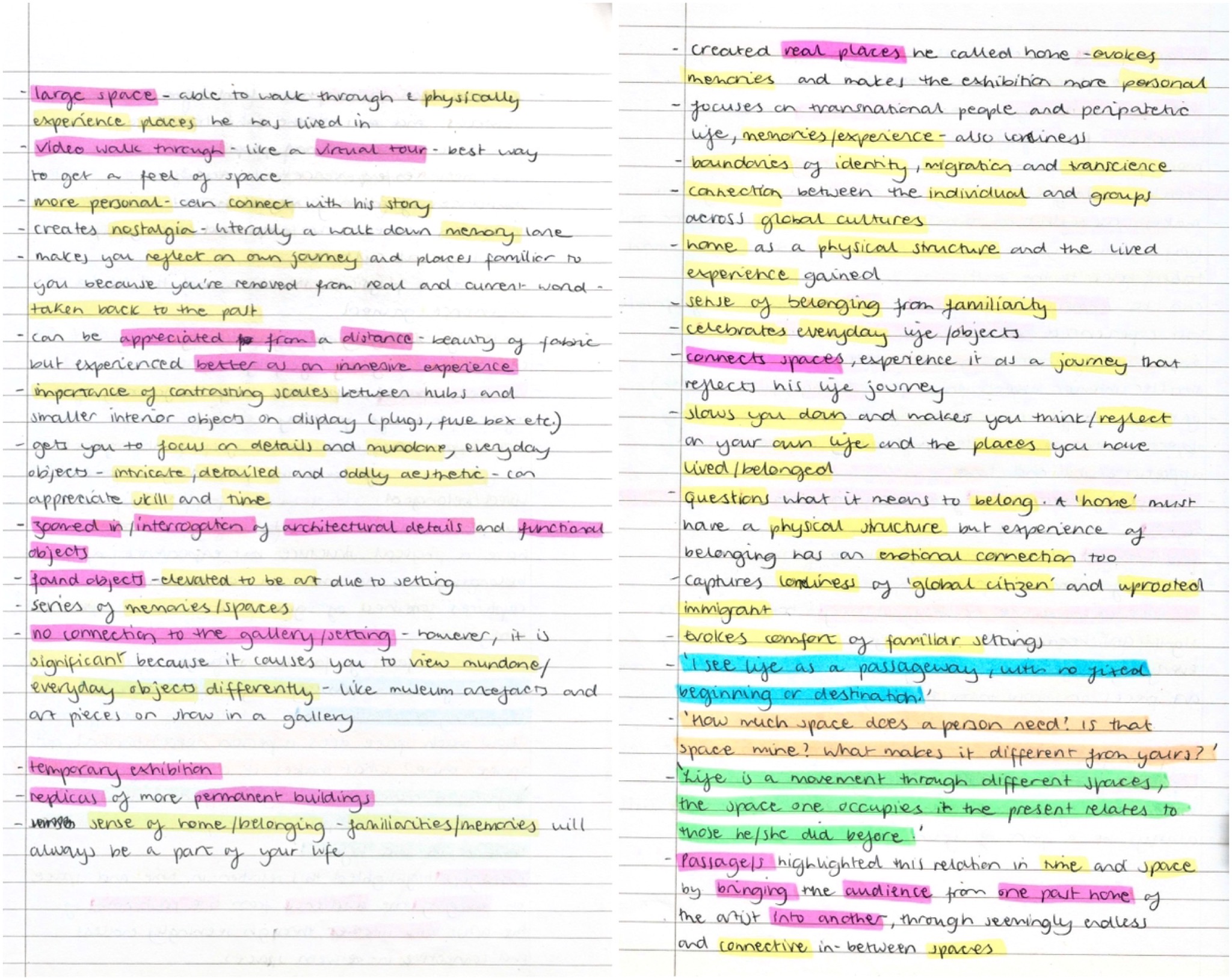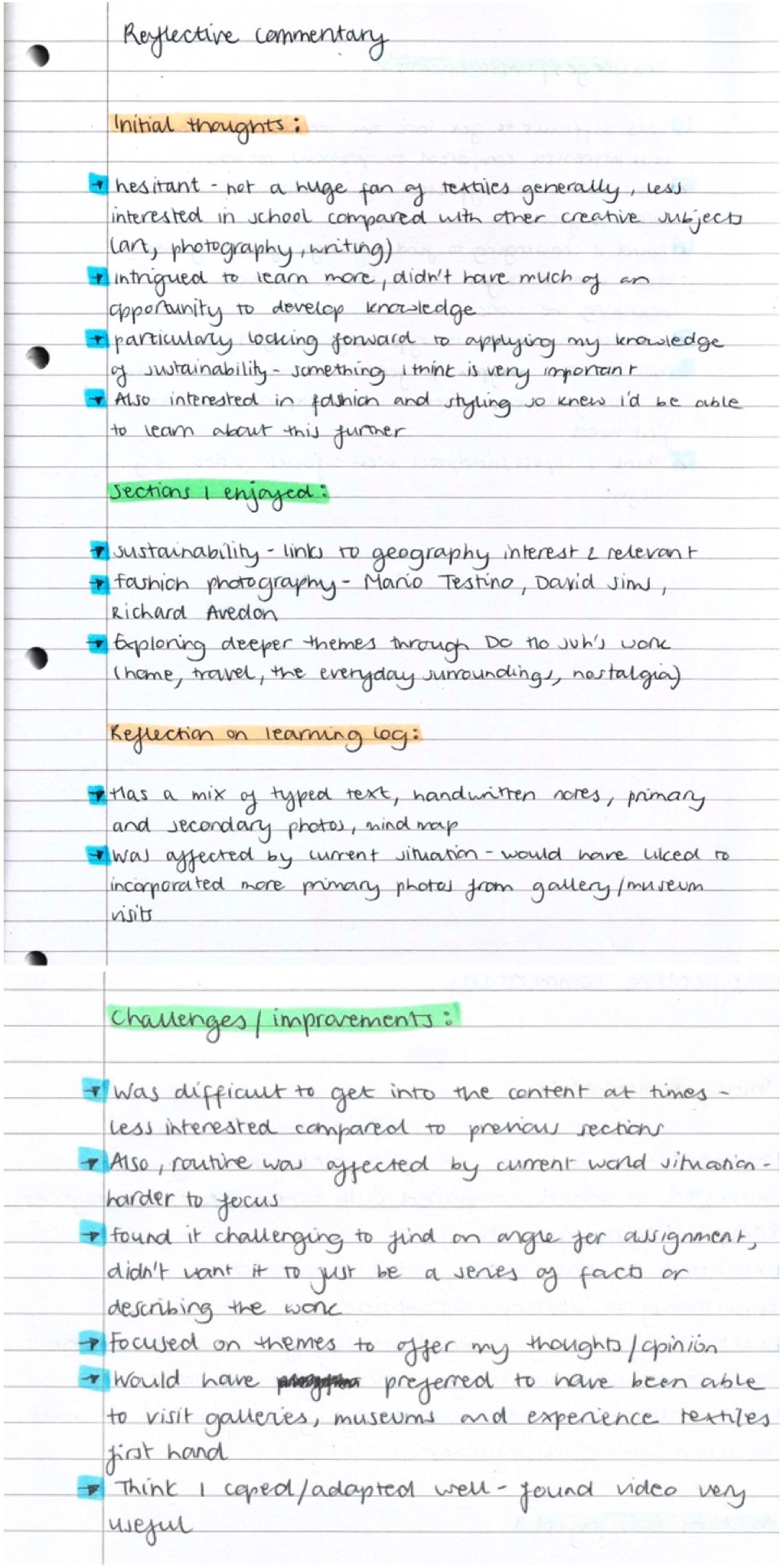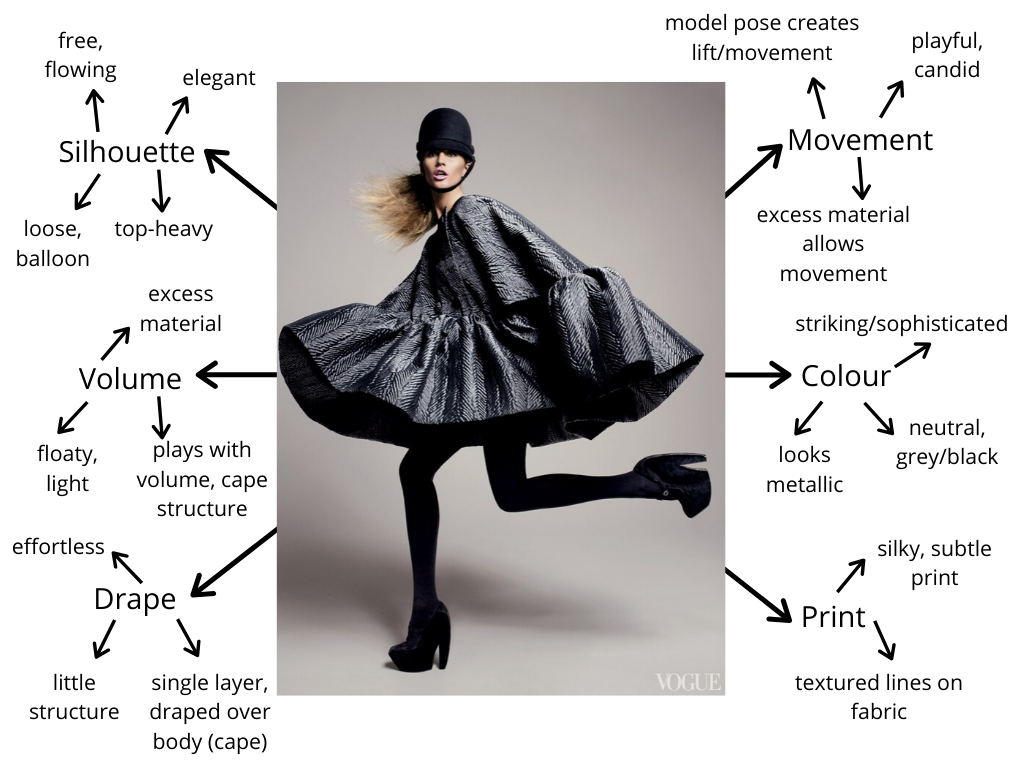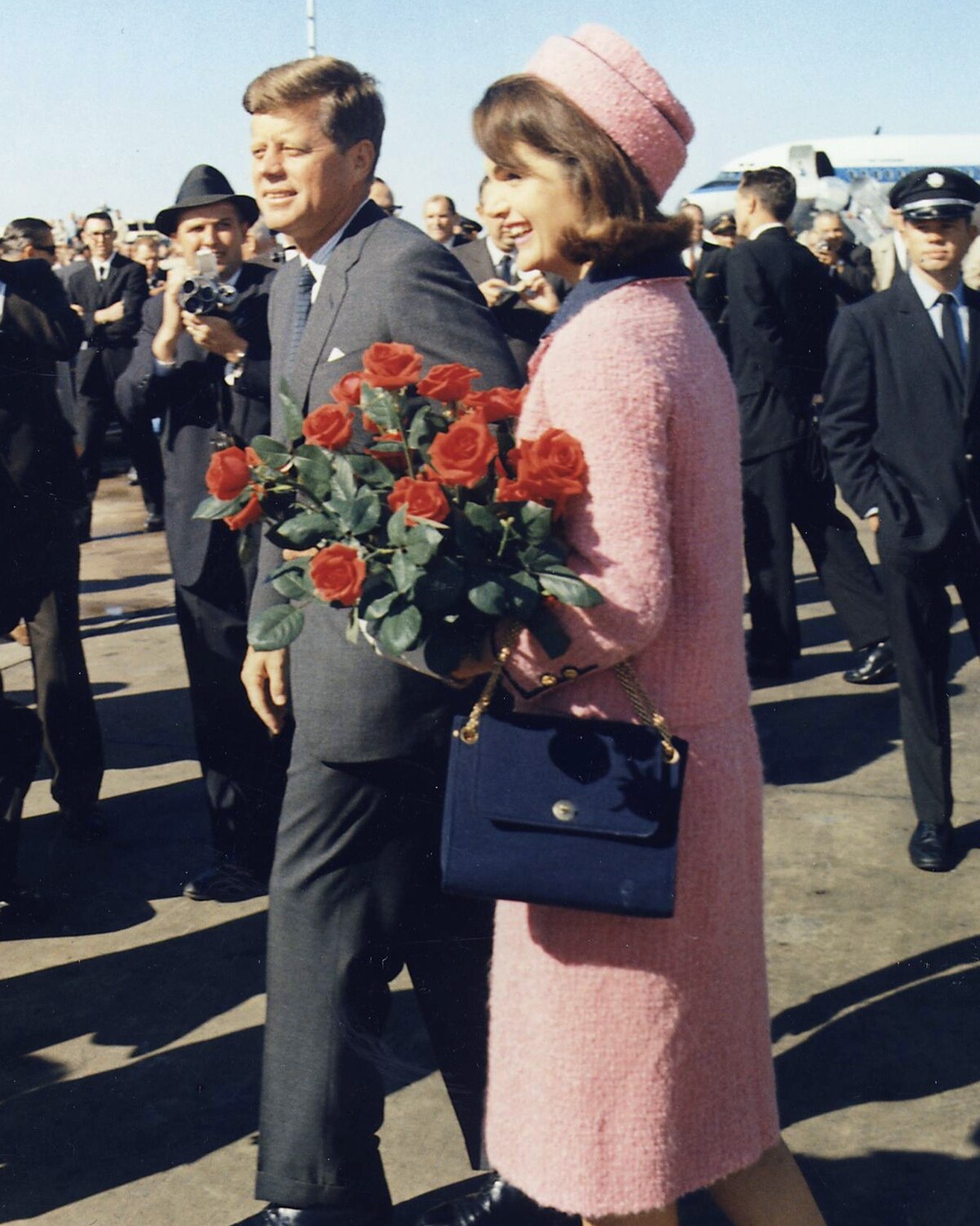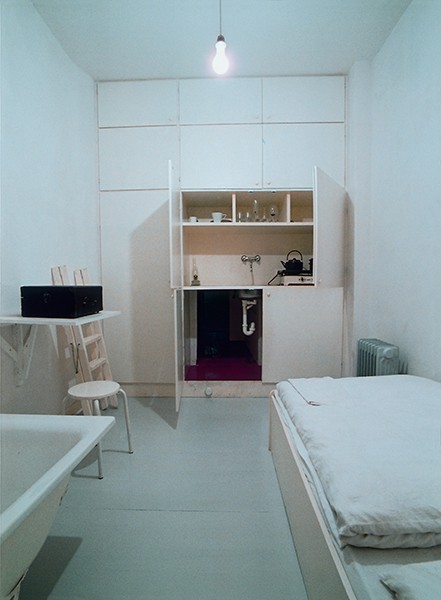An immediate improvement for this assignment would be to ensure I provide an introduction that outlines the line of discussion clearly. Whilst I think introduced Do Ho Suh’s work, I perhaps didn’t highlight what themes and ideas I would intend to look at in the essay.
My tutor also commented on the fact that I should ensure I start each paragraph with my own statement or opinion, rather that a quote. Instead I should follow it up with a quotation in order to back up my point.
Early on I acknowledge that Suh comments on concepts of space and home in his work, however I could’ve expanded on this further. For instance, one aspect of these themes that interests me is a sense of place and belonging. This feeling is usually created when we become familiar with a space and develop an emotional connection. A home is probably one of the most personal spaces to an individual which is why Suh’s work is so relatable. He shares a representation of the spaces he called home during his life and takes us on a trip of these various locations. This allows us to reflect on the places and homes we may have lived in, obviously this varies depending on experience. Some people may have only lived in one location whereas others may have moved multiple times, for both positive and negative reasons. This links to the idea of ‘rootlessness’, a term my tutor highlighted, which was used by Stalin as a term of denigration. It is something I’d definitely look into further when thinking about Suh’s hubs again.
In order to develop my essay further my tutor suggested I consider both social and aesthetic aspects of a home. For people that are homeless, a home would offer a solid, private house. Therefore it is probably more about function and safety, than the nostalgia created by memories and experience.
I would also consider the title ‘Passages’ more closely. The meaning of connecting places obviously makes sense in reference to Suh’s hubs as it allows you to travel to the different homes he lived in. However, as my tutor pointed out, the term can also be associated with sea-voyages, such as the Middle Passage in reference to the Slave Trade. If I was to look at rewriting this essay, I would ensure that I gave more thought to why he might have named the installation ‘Passages’.
My tutor also identified that I have looked at other textile artists and wider themes of fashion and textiles in my learning log. To expand on my essay I could have compared Suh with some of my wider research. Looking at it now, there are similarities in Christian Boltanski’s installation ‘Personnes’ (2010). Like Suh’s hubs, this is a large installation that transformed the space it was displayed in. However the connection between the two is more about the personal aspect. In Boltanki’s installation, he uses the sound of heartbeats and each one is unique to a person. The pile of clothes also represent people, symbolising someone’s life and story. Therefore there is an emotional side to his work, like Suh’s. In Passages, the hubs represent the homes he inhabited and the stages of life.
You could also compare Suh’s hubs with Yayoi Kasama’s ‘Infinity Mirrored Room’ (1998). Both installations are immersive and due to the bright colours, it’s like you’re being transported from reality and to somewhere other-worldly.
Suh’s Passages comment on the importance of a home – both the function and mental health aspect – often improved by a feeling of belonging and connection in a familiar space of safety. You can also think about wider issues such as sustainability, when building homes you need to consider where the materials are sourced, as well as the use of machinery and electricity, It can be done sustainably by working with the environment more – like using renewable energy sources but this is something that still needs improvement in the building industry.
